The Strategic Brilliance and Emergence of Virtual Events
In the wake of a global paradigm shift, where physical boundaries dissolve into the digital realm, the emergence of virtual events has transcended novelty to become a strategic cornerstone in modern marketing. This article embarks on a comprehensive exploration of the profound shift towards virtual events and conferences, dissecting their effectiveness in brand promotion and audience engagement with a lens of strategic brilliance.
The Evolution of Experience: From Physical to Virtual
The conventional landscape of events and conferences has undergone a metamorphosis, pivoting from physical gatherings to immersive virtual experiences. This evolution is not merely a response to global challenges but a strategic recalibration of how brands connect with their audience in the digital age.
1. Global Accessibility: Defying Geographic Constraints
One of the transformative aspects of virtual events is their ability to defy geographic constraints. Attendees from across the globe can converge within a digital space, breaking down barriers of distance and making participation in events a truly global experience. Brands that harness this accessibility open new frontiers for audience engagement, reaching demographics that were previously beyond the scope of physical events.
2. Dynamic Engagement: Beyond Passive Observation
Virtual events shatter the limitations of passive observation that often characterize physical conferences. Through interactive features such as live chats, Q&A sessions, and virtual networking, brands can transform attendees from passive spectators into active participants. This dynamic engagement not only fosters a sense of involvement but also amplifies the impact of brand messages.
The Strategic Tapestry of Virtual Event Effectiveness
The effectiveness of virtual events in brand promotion and audience engagement lies in their ability to weave a strategic tapestry that goes beyond the boundaries of traditional marketing.
1. Cost-Effective Reach: Maximizing ROI
Virtual events present a cost-effective avenue for brand promotion. The elimination of venue costs, travel expenses, and logistical complexities streamlines the budget, allowing brands to allocate resources more efficiently. This maximization of Return on Investment (ROI) extends beyond the event itself, influencing the broader marketing strategy.
2. Data-Driven Insights: Precision in Understanding
Virtual events provide a treasure trove of data-driven insights. From attendee behavior analytics to engagement metrics, brands gain a nuanced understanding of participant preferences and interactions. This data-driven approach enables iterative optimization, ensuring that subsequent virtual events are tailored for maximum impact.
Building Brand Legacies in the Virtual Sphere
As brands navigate the virtual sphere, the quest for building enduring brand legacies remains at the forefront. Virtual events, when executed strategically, become a powerful tool in shaping these legacies.
1. Immersive Brand Experiences: Creating Digital Memories
Virtual events offer a canvas for crafting immersive brand experiences that linger in the digital memory of attendees. From virtual booths and product launches to interactive demonstrations, brands can use the digital medium to showcase their offerings in innovative and memorable ways. The virtual realm becomes a playground for creativity, where brand narratives unfold in a dynamic and impactful manner.
2. Thought Leadership Amplification: Positioning Brands at the Helm
Virtual events provide a platform for amplifying thought leadership. Through keynote presentations, panel discussions, and expert sessions, brands can position themselves at the helm of industry conversations. This thought leadership not only elevates brand authority but also fosters a sense of trust and credibility among virtual event attendees.
The Future Landscape: A Hybrid Horizon
As we gaze into the future, the landscape of events is poised for a hybrid horizon—a harmonious blend of physical and virtual elements. Brands that understand the intricacies of this hybrid model will wield a powerful strategic advantage.
1. Hybrid Flexibility: Adapting to Shifting Realities
A hybrid approach offers flexibility in adapting to shifting global realities. Brands can seamlessly transition between physical and virtual formats, ensuring continuity in audience engagement regardless of external circumstances. This adaptability positions brands as agile and responsive in an ever-changing landscape.
2. Inclusive Engagement: Bridging Physical and Virtual Realms
Hybrid events bridge the gap between physical and virtual realms, ensuring that both in-person and online attendees experience a cohesive and inclusive event environment. This inclusivity enhances audience engagement, allowing brands to reach diverse demographics and create a unified brand experience.
In Conclusion: A Strategic Odyssey in the Virtual Frontier
As virtual events redefine the strategic landscape of modern marketing, brands embark on an odyssey that transcends physical limitations. The effectiveness of virtual events in brand promotion and audience engagement lies not just in their digital format but in the strategic brilliance with which brands navigate this virtual frontier.
The quantum leap from physical to virtual is not a mere adaptation; it is a visionary recalibration of how brands connect, engage, and leave an indelible mark in the digital psyche of their audience. The strategic brilliance of virtual events lies in their ability to not only adapt but to transform, creating a dynamic and enduring presence that resonates across the evolving landscape of modern marketing.

